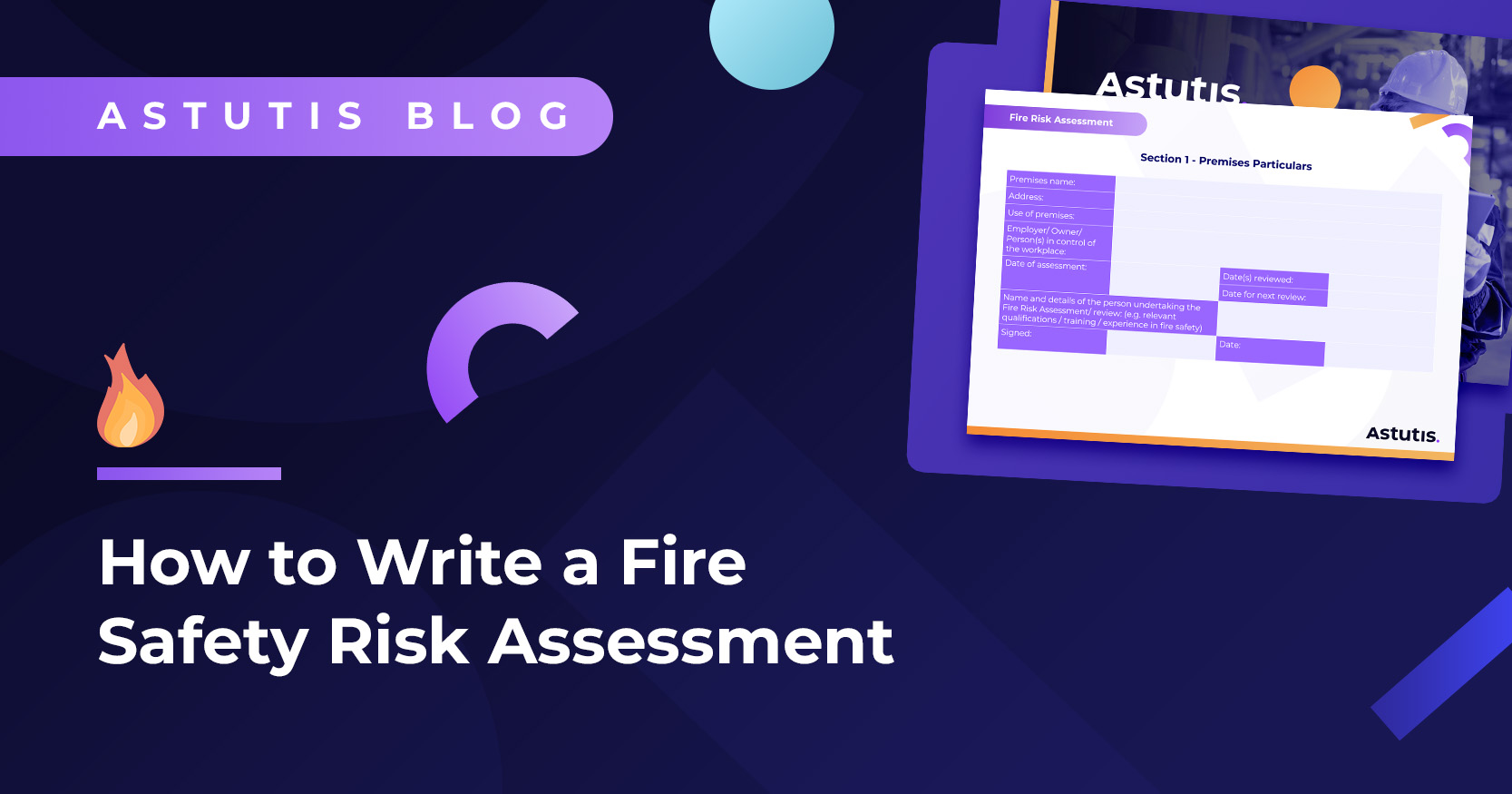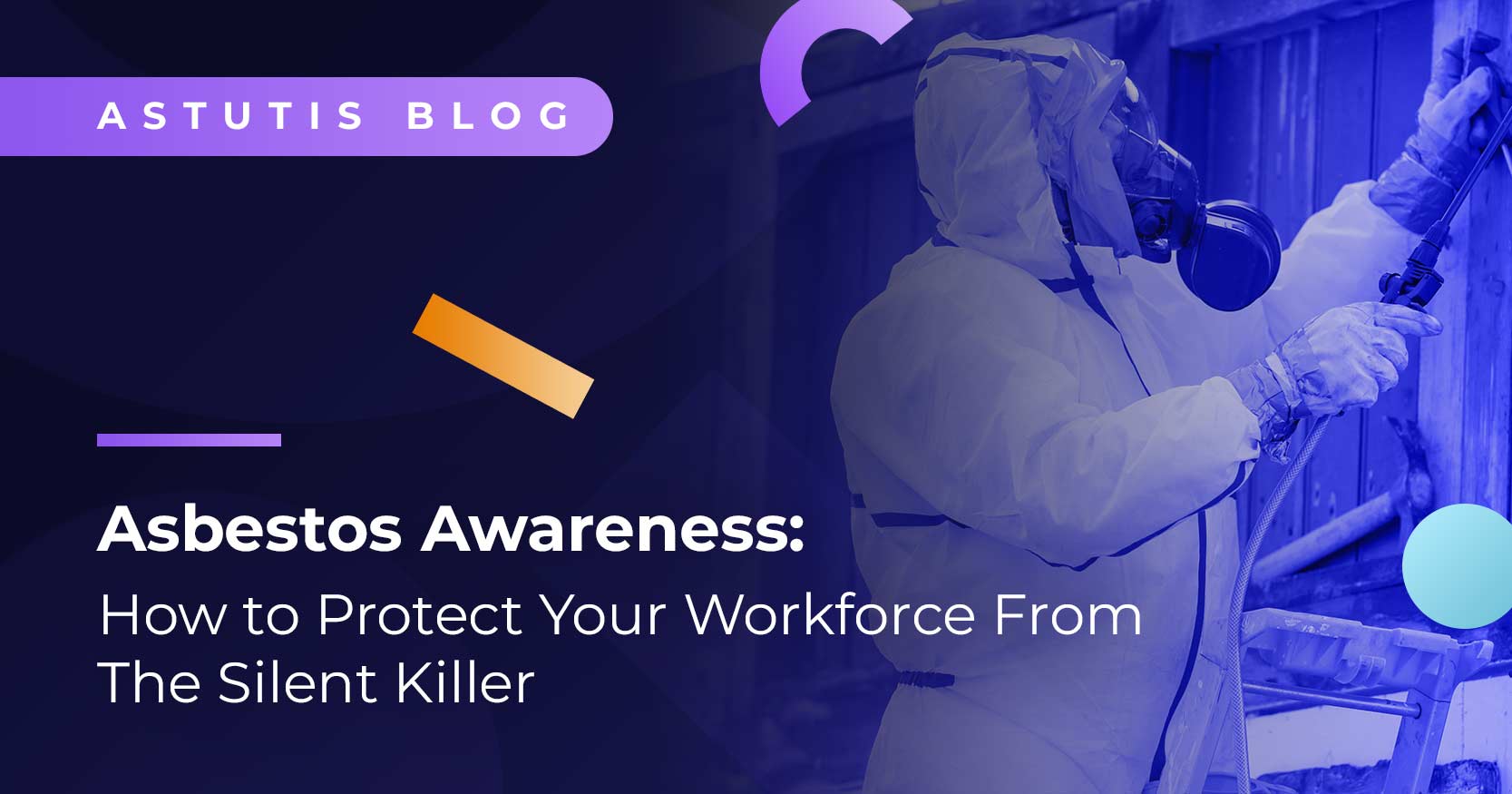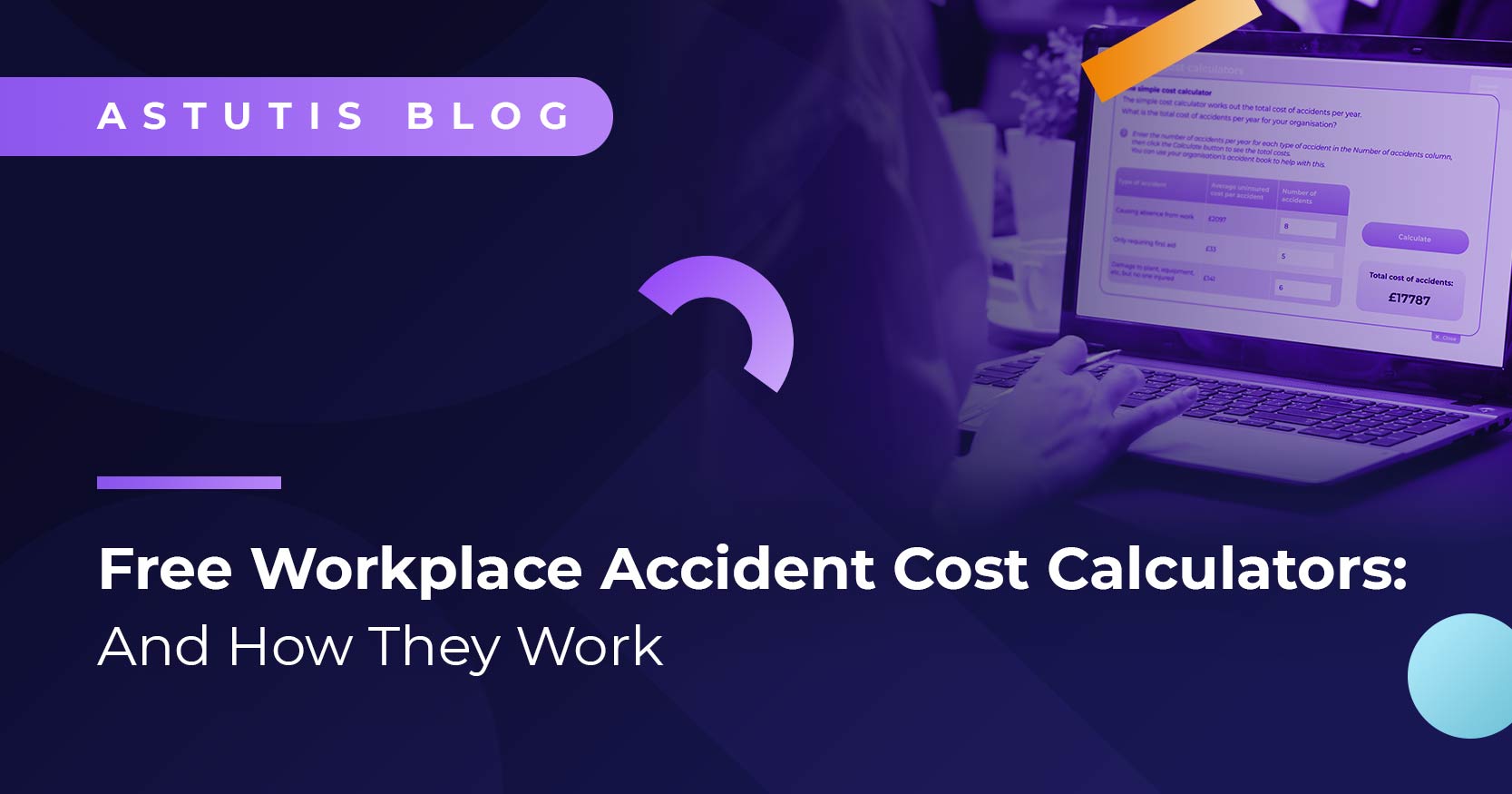What Is Occupational Health and Safety? Everything You Need to Know
Every single employee will come into contact with Occupational Health and Safety (OHS) at some point during their career. OHS is a practice that monitors and manages different aspects of health and safety in the workplace. It encompasses rules and regulations implemented by both employers and government agencies to protect employees against injury and ill health. That includes physical safety, mental wellbeing, and making sure everyone gets home in the same shape they arrived – or better.
There are many things to consider when understanding the role of occupational health and safety in the workplace. With such an intricate topic that varies across different industries, it can be difficult to figure out what you need to know.
Luckily, as one of the UK's leading health and safety training providers, we are perfectly placed to advise you on the need-to-know and where you might be able to find out more.
What Is the Purpose of Occupational Health and Safety?
Every worker in Britain should be able to function in their role in a safe and secure environment, free from hazards. Occupational health and safety look to identify and mitigate potential hazards through risk assessments and constant monitoring of work processes.
Occupational health and safety also make certain that people with disabilities aren’t unreasonably turned aside from taking work opportunities and that work procedures are successfully implemented to help those with specific impairments. By reducing risk in the workplace, OHS professionals can create a safe and healthy workplace for people to work and visit and help their employers save costs and increase productivity.
These are essential responsibilities, and the execution of these purposes is spread across both employers and employees. In the UK, employers have a legal responsibility to protect their teams from harm – and that means thinking ahead, managing risks, and taking action when something doesn’t feel right. That’s where strong OHS practices come in.
The History of Occupational Health and Safety In the UK
Health and safety didn’t appear overnight. It’s taken over two centuries of progress to get where we are today:
- 1802: The first legislation to protect young factory workers.
- 1833–1880: Acts introduced to reduce injuries and allow compensation.
- 1974: The big one. The Health and Safety at Work Act changes everything – giving everyone, in every workplace, the right to be safe.
That 1974 Act is still the backbone of health and safety law in the UK. And thankfully, we’ve come a long way since the days of unguarded machinery and 14-hour shifts.
The Health and Safety at Work Act 1974
This is the big one. It says employers must do what’s necessary to protect employees, contractors, visitors – basically, anyone affected by their work. That includes:
- Making sure staff are trained.
- Keeping the workplace safe and well maintained.
- Giving people the info they need to work safely.
- Consulting with employees on health and safety.
If you’ve got five or more employees, you also need to document your health and safety policies.
The Workplace (Health, Safety and Welfare) Regulations 1992
These rules cover the basics of what a safe workplace should look like – clean, ventilated, well-lit, with proper toilets, rest areas and enough space to work comfortably.
They don’t apply to construction sites – that’s covered by separate regulations – but for most businesses, these are your go-to standards.
The Management of Health and Safety at Work Regulations 1999
This one’s about risk management. Employers must:
- Identify risks through assessments.
- Take steps to reduce or remove them.
- Plan for emergencies (like fires or evacuations).
- Consider specific groups, like young workers or new/expectant mums.
And yes, if you’ve got five or more people, those risk assessments need to be written down.
Why Does Occupational Health and Safety Matter?
The long-term success of any organisation is dependent on its approach to occupational health and safety, without question. As well as being bound by the law, employees are the lifeblood of any organisation and should be protected as much as possible.
When the right culture around health and safety is built, the workforce knows how to execute their work to a higher standard which in turn boosts customer satisfaction and reputation. If OHS is neglected, the workforce might attract a reputation for being careless, which stands to damage the company's reputation, in turn – affecting the overall bottom line.
From a staff point of view, injuries are less likely to occur, meaning their work is less likely to be delayed. Preventing this will not only mean they are more productive, but their quality of life will be improved, knowing they can focus on the task at hand and not worry for their personal safety.
OHS permeates every aspect of every workplace and should be at the forefront of employers' and employees’ minds. There are a number of hazards to health and safety, even in the weekday 9-to-5, so diligence is essential.
How Are Occupational Health and Safety Professionals Trained?
Becoming an Occupational Health and Safety professional is a big undertaking that requires a great deal of commitment. Training is a vital initial step in this journey, as OHS professionals need a strong understanding of legislation.
- The Health and Safety at Work Act 1974
- The Management of Health and Safety at Work Regulations 1999
- The Workplace (Health, Safety and Welfare) Regulations 1992
Those looking for their start in the profession should look to take their NEBOSH General Certificate – and then concurrently study the NEBOSH Level 6 National Diploma. Studying these industry-recognised qualifications will give industry professionals a world-leading understanding of health and safety issues, legislation, and solutions.
Throughout these courses, professionals gain an understanding of Health and Safety regulations, cultures, and risk perception, among a magnitude of other topics in the health and safety field. They will know how to design, implement, evaluate, and maintain health and safety management systems – facilitating a positive health and safety culture and securing the effective implementation of the health and safety policy.
Wrapping up, occupational health and safety is a complex subject, but we understand how important it is to break subjects down to their essential elements and make them applicable to the workplace. The same is true for our courses. Our team of experts in learning behaviours and industry-leading tutors use cutting-edge methods to help learners absorb complex topics efficiently and thoroughly. We are committed to our vision to cater to our diverse and internationally renowned clientele.
View our full course library by clicking the button below, or if you want to see more expert insights of OHS topics, our Astutis Hub is updated weekly with all the latest guides, news and insights relevant to the industry.
Related Blogs

Real Life Stories








